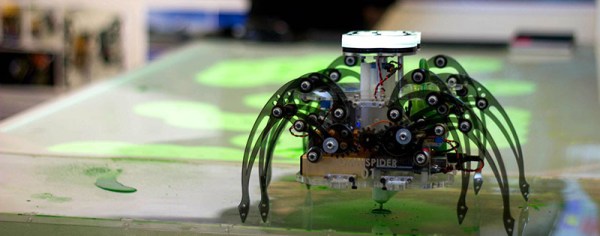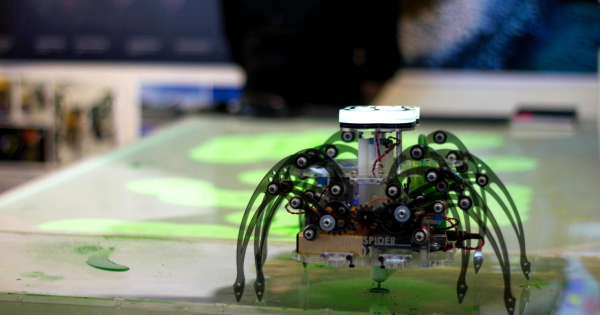In 300 years, New York, London, Tokyo, and just about every major city on the planet will be underwater. Sub-Saharan Africa will extend to the equator. Arizona will get hurricanes. These are huge problems, but luckily there are a few very creative people working to terraform the Earth for this year’s Hackaday Prize.
[Danny] is working to stop desertification, and stop blowing drifts of sand from encroaching on valuable farm land. How does his project aim to do this? There are a few techniques that can mitigate or even stop the expanding deserts, including reforestation, proper water management, and using woodlots and windbreaks just like in the 1930s dust bowl.
With the right tools, these techniques are fairly simple to implement. For that, [Danny] is working on a biodegradable lattice framework that will hold soil in place just like plant roots would. It’s an interesting concept, and we can’t wait to see what kind of prototypes [Danny comes up with.
The Terra Spider takes a different tack. In true post-apocalyptic fashion, the Terra Spider will deploy thousands of robots capable of moving and removing biomatter from the environment. Each of the Terra Spiders is able to monitor the local environment, and a few dozen of these bots connected by a wireless network will be able to address a specific site’s needs to make a landscape the way it should be.












